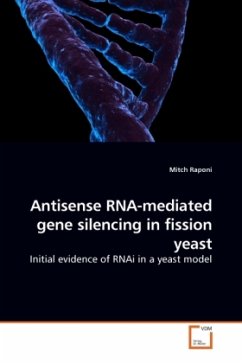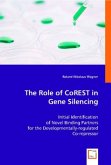The major aims of this thesis were to investigate the influence of antisense gene location relative to the target gene locus ( location effect ), double-stranded RNA (dsRNA) formation, and over-expression of host-encoded proteins on antisense RNA-mediated gene regulation. The major findings included first, that the degree of gene down-regulation correlates with an increase in the steady-state level of antisense RNA, which was dependent on genomic position effects and transgene copy number. Secondly, convergent transcription of an overlapping antisense gene was found to be very effective at inhibiting target gene expression. Ultimately, dsRNA was found to be a central component of antisense RNA-mediated gene silencing in fission yeast. This was one of the first demonstrations that an RNAi mechanism functions in yeast. Finally, a unique overexpression screen identified four novel factors that specifically enhanced antisense RNA-mediated gene silencing.








